Two of the most popular virtual golf options on the market are the OptiShot 2 and Orbit golf simulators. Both provide good swing analysis tools and realistic course simulations to help you improve different aspects of your game. However, there are some notable differences between the two models when it comes to features, performance, software capabilities, pricing, and overall value.
This article will provide an in-depth head-to-head comparison of the key factors you should consider when deciding between installing the OptiShot 2 or the Orbit golf simulator in your home. We will analyze crucial elements ranging from accuracy, club data captured, portability, course options, multiplayer connectivity, and more.
By the end, you should have a clear sense of which model best aligns with your budget, available space, technical needs, and goals for using a home golf simulator.
OptiShot 2 Overview

As one of the most popular portable and affordable home golf simulators on the market, the OptiShot 2 packs impressive performance and features into a compact size at a reasonable price point.
Key Features
The OptiShot 2 stands out for several handy capabilities:
- Accurate Swing Analysis: Utilizing infrared swing tracking, OptiShot 2 analyzes essential club and ball data with a decent degree of accuracy (considering the price).
- Included Course Library: There are 15 virtual golf courses pre-loaded for simulation play. The optics and mapping data recreate these courses with decent realism.
- Portability: OptiShot 2 is light and slim enough to pack away or transport between locations with ease.
- Affordability: An exceptionally budget-friendly option compared to higher-end golf simulators that can cost thousands more.
Performance and Accuracy
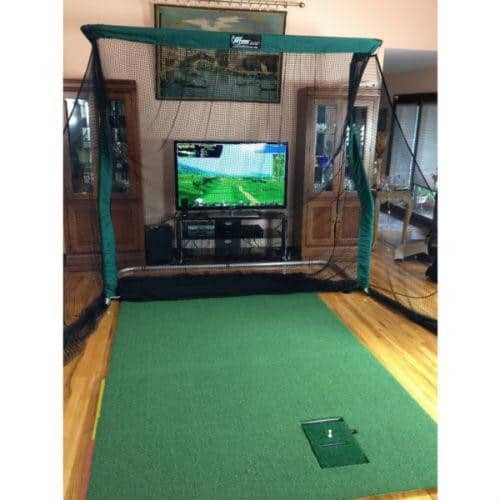
While the camera-based swing tracking of advanced solutions like SkyTrak can’t be matched, OptiShot 2 still provides great accuracy on full swing shots using infrared sensors:
- Club Head Speeds: Reported within a 5 mph threshold of variance.
- Launch Angles: Also extremely accurate with an average variance of just 2-3 degrees.
The one area where accuracy suffers slightly is on shorter pitch shots, chips and putts. But for the most part, overall simulation accuracy is impressive for the price.
Software and Feedback
The OptiShot companion app unlocks excellent features:
- 3D Swing Analysis: With video overlays and angles to pinpoint swing flaws.
- Game Modes: Skills challenges, multi-player events, and simulation rounds.
- Performance Tracking: Charts progress over time to showcase improvement.
With great portability, accuracy, and software, OptiShot 2 is a top-value pick starting at under $500 for the sim alone.
Orbit Overview
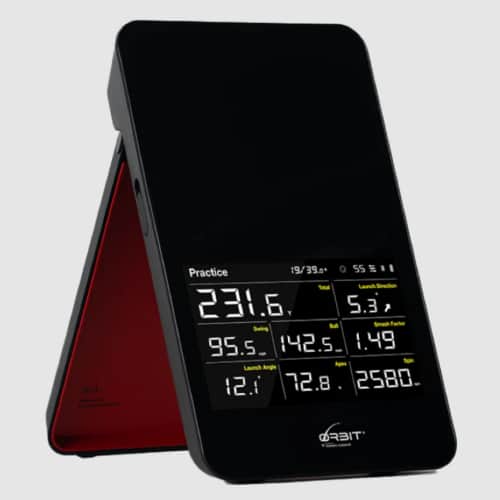
As a more recent and advanced offering from the Optishot company (compared to the Optishot 2), the Orbit golf simulator and launch monitor brings better realism, accuracy and software capabilities.
Key Features
The Orbit brings several premium features:
- Easy-to-read LCD display shows data clearly without the need to check your mobile device when used outdoors.
- Reliable sensor and swing tracking technology – Using Doppler radar, which allows it to track both the club and ball data points.
- 20 virtual courses included – Playable in single, multiplayer and online modes.
- Shot Shaping: Ability to simulate draws, fades, flop shots, punches and more with accuracy.
- Connectivity: Multi-player games, leagues and tournaments with golfers around the world through integrated connectivity.
- Portability & indoor/outdoor use – Thanks to the Orbit’s buil-in battery that lasts up to 10 hours, you can use it indoors with your sim package, or take it to the course or driving range.
Performance and Accuracy

Simply put, the Orbit has better performance thanks to breakthrough radar tracking, compared to the Optishot 2’s (ageing) infrared technology:
- Ball Speeds: Within 2 mph variance on speeds ranging from 40mph to over 200mph.
- Launch Angles: Accuracy within 0.2 degrees average variance.
- Club Face & Path: Measures and simulates club delivery metrics with precision unseen in other solutions.
- The ability to track ball data points, including ball speed, launch angle & direction, total distance, etc.
From full drives to finesse shots around the green, the Orbit provides a good level of realism overall.
Software and Feedback
The integrated software unlocks excellent analytics and entertainment:
- Swing Analysis Suite: With video, 3D models and critical data overlays pinpointing improvement areas.
- Practice Plans: Built-in training programs tailored to your skill level and goals.
- Simulator Golf Games: Range challenges, virtual tournaments and a massive online community to compete against anytime.
Comparison of Key Factors
When evaluating the OptiShot 2 against the Orbit golf simulator, there are a few pivotal factors to compare that determine their respective strengths and weaknesses.
Simulation Accuracy
There is a clear edge in favor of the Orbit when it comes to accurately replicating real golf shots. The radar tracking array captures significantly more data points than infrared.
This allows for precision simulation of any shot shape, trajectory, or condition. Also, the OptiShot 2 seems to lose some accuracy on finesse shots around the greens.
To learn more about the specific features and data points captured by the OptiShot Orbit’s radar tracking technology, see our comprehensive OptiShot Orbit review.
Swing Analysis
A similar story for swing analysis – the edge goes to Orbit, mainly thanks to its superior tracking capabilities.
With Doppler radar tracking both club and ball data points, the swing measurement precision is superior to the Optishot 2.
This allows the Orbit to pinpoint flaws and benchmark improvement with higher accuracy. However, the OptiShot 2 still provides robust swing metrics but loses some granularity.
For golfers obsessed with analyzing more aspects of their swing, the Orbit is a better choice.
Course Library and Graphics

When it comes to recreating the sights and challenges of legendary golf courses, Orbit shines over OptiShot 2.
The Orbit comes with 20 virtual courses, compared to the Optishot’s 15 courses. While the software seems to be the same for both, the hardware backing it seems to help the Orbit provide an overall better experience, with more metrics and better accuracy translating into higher realism.
Portability and Ease of Use
Portability here can be interpreted in two different ways:
If you are interested in using your system outdoors, then the Orbit is a better choice, as it uses radar tracking, which is not affected by daylight. It can also be used as a launch monitor to track your performance at the course or driving range.
Ease of use and installation favors the Optishot 2, with the entire system being easy to set up and pack (weighing only 15 pounds in total). The tracking sensor pad integrates into the hitting mat and you can start swinging right away. The Optishot 2 is exclusively usable indoors, though, as daylight affects its infrared sensors and seriously decreases its accuracy.
Concerning setup space, the Orbit requires significant space and technical configuration to optimize. Radar units, in general, require more room depth to provide accurate metrics. Your space must be at least 14′ deep to use the device, as it needs a longer ball flight to track it.
The Optishot, on the other hand, can be used in much smaller spaces; you can even practice without using a ball because the sensors can still track the club and simulate your shots. So, if you have serious space restrictions, going with the Optishot 2 is a better choice.
Price and Value
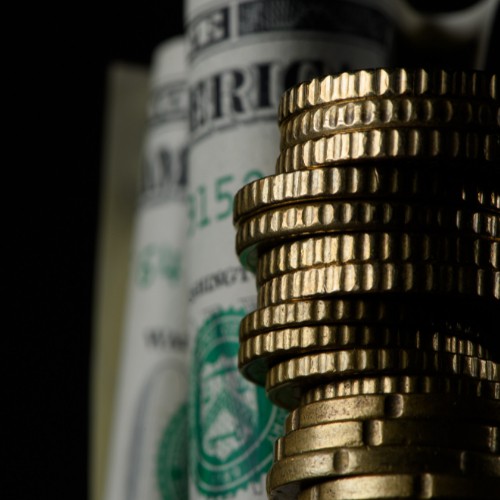
Finally, when it comes to sheer affordability – OptiShot 2 wins hands down. With an around 25% lower starting price, the OptiShot 2 offers exceptional value. You still get decent swing analysis and simulated rounds at an entry-level cost.
So, if you’re on a tight budget but want strong core performance – OptiShot 2 is the value pick.
Frequently Asked Questions
Deciding between the OptiShot 2 and Orbit simulators brings up some common questions for prospective buyers around hardware, functionality, subscriptions, and more. Here we address some of the key points of confusion.
Which simulator offers the most realistic golf experience?
The Orbit’s combination of advanced ball tracking sensors, realistic 3D course graphics, and seamless gameplay capabilities provides a more comprehensive and authentic simulation.
Can I use real golf clubs with OptiShot 2 and Orbit?
Yes, both simulators accommodate your own real clubs. No special equipment is required.
Do I need an ongoing subscription for OptiShot 2?
No, the OptiShot 2 is a one-time purchase with no recurring fees. The same goes for the Orbit. You get virtual courses out of the box without the need to pay for them again.
However, if you want to enjoy the Optishot season pass, with tournaments and additional content, an annual subscription is needed. You will need to pay $ 60/ year for the Mini-tour and $ 120/ year for the pro tour, or you can make a one-time payment for a lifetime subscription that costs $ 349.
How difficult is it to assemble and install each system?
The OptiShot 2 sets up in around 20 minutes. The Orbit has a more complex process of installing the enclosure, calibration, and software setup. With that said, both systems are easy to assemble, compared to other larger systems.
What is the main advantage of Orbit over OptiShot 2?
The radar swing tracking and simulation capabilities of Orbit are far more advanced – providing better accuracy and performance.
When does OptiShot 2 make more sense than Orbit?
If you prioritize affordability over precision and graphics, OptiShot 2 packs great value.
Can I use either system for lessons and training plans?
Yes, both the Orbit and the OptiShot 2 provide built-in training content and practice plans to develop your skills over time. The Orbit just unlocks more advanced capabilities.
Final Thoughts and Recommendations
When comparing the OptiShot 2 against the newer Orbit golf simulator, there are clear advantages held by the Orbit across accuracy, software capabilities, graphics, and overall performance.
However, while the Orbit uses better technology, the OptiShot 2 still delivers an impressive experience at a lower price.
Ultimately, choosing between the two comes down to weighing your budget against must-have features and performance needs.
Key Recommendations
For golfers who want better accuracy, realism and analytics without budget concerns, the Orbit is the definitive winner.
However, for those seeking a solid core performance and swing analysis on a reasonable budget, OptiShot 2 provides tremendous overall value.
Ultimately, aligning with your must-have features, space constraints, technical needs and budget will determine which solution best meets your goals for improving your golf game at home. Both options provide an excellent experience, so you can’t go wrong either way!


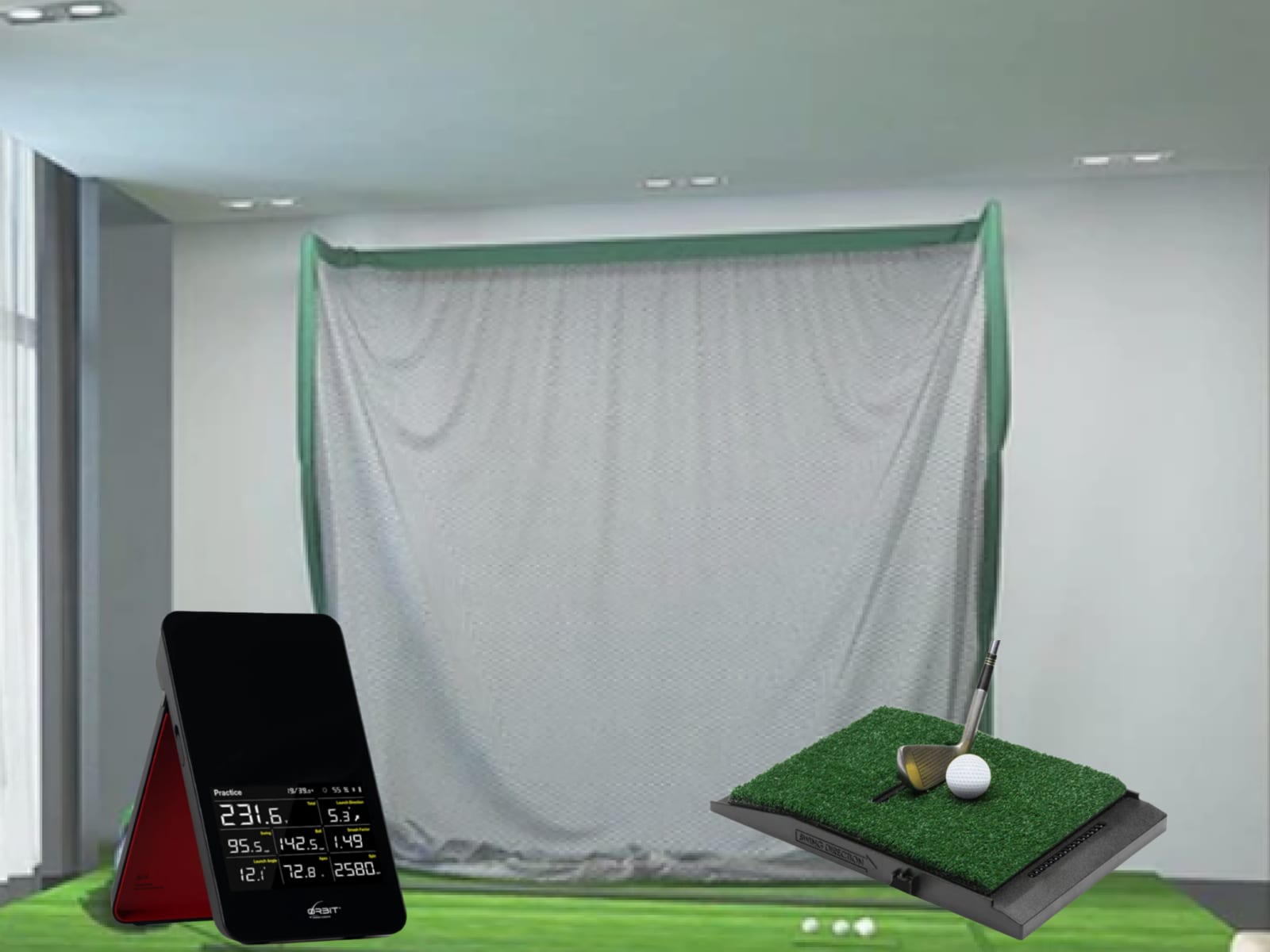
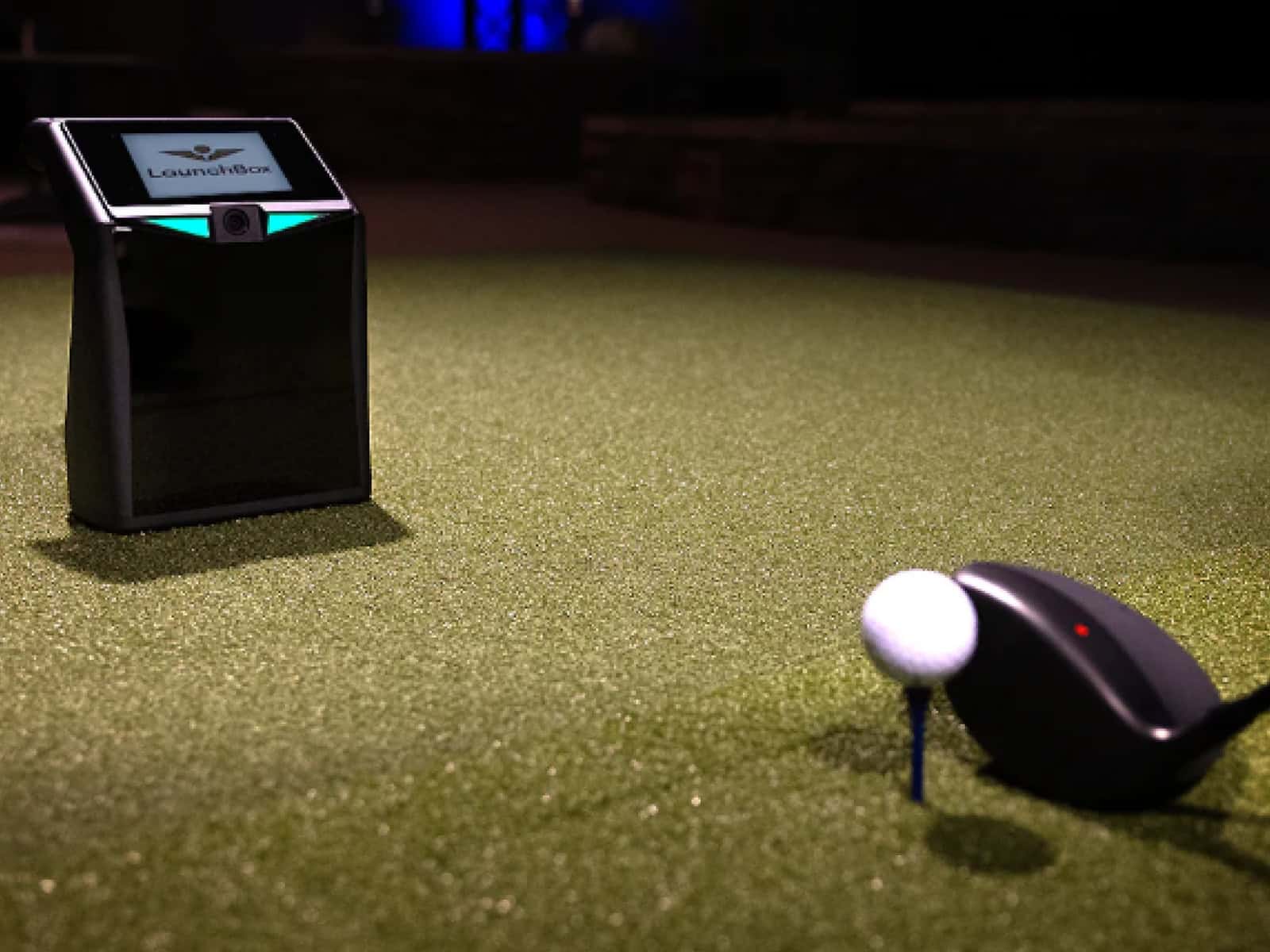


Good afternoon, I had a problem with my computer, I had to buy a new one, when I went to install it said that there was no more contact with the server, it was completely without fields, only the drive range, is there any way to download the complete package to play?
Hi there, thanks for your comment!
It looks like OptiShot has recently undergone a change — their official website now redirects to RS Golf, which suggests the brand may have been acquired or merged. This could explain why you’re seeing issues with server connections and missing simulator data after reinstalling.
To resolve the issue, we recommend visiting RS Golf’s official support page here:
https://rsgolf.com/pages/rsg-tech-support
Contact their support team directly for assistance with restoring full functionality on your new computer.
Hope this helps.